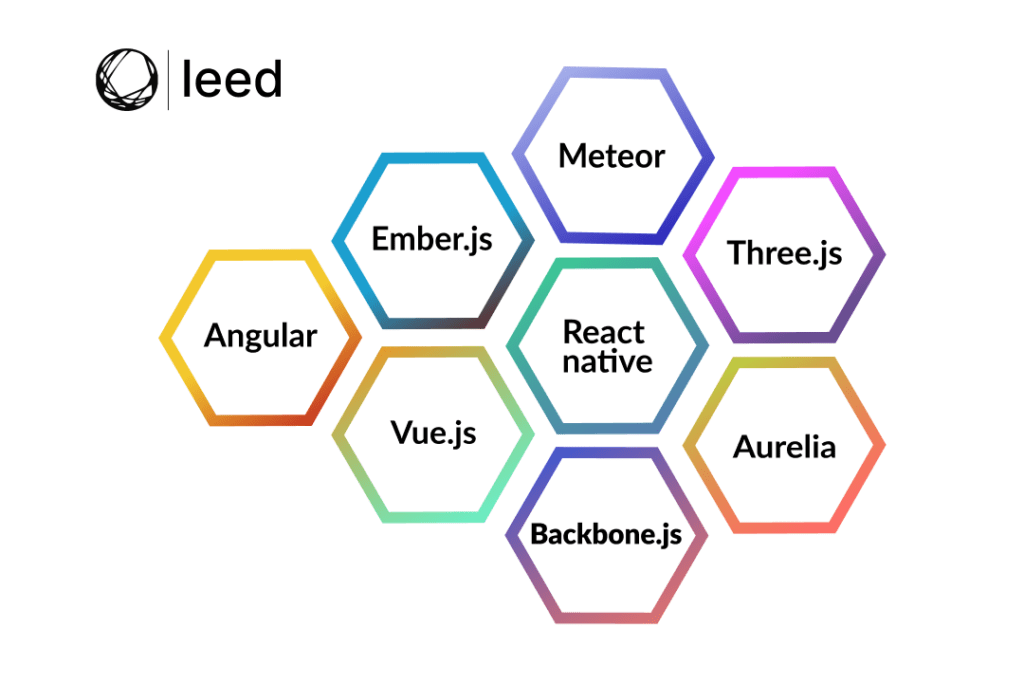Insightful Bytes
Exploring the world one byte at a time.
Frameworks Follies: Why Your Next JavaScript Pick Might Just Be a Dud
Uncover the pitfalls of JavaScript frameworks and find out why your next choice could lead to disappointment. Don't get stuck with a dud!
The Dark Side of JavaScript Frameworks: Common Pitfalls to Avoid
JavaScript frameworks have revolutionized web development by providing developers with powerful tools and a structured approach to building applications. However, it is essential to be aware of the dark side of these frameworks. One common pitfall is the over-reliance on third-party libraries, which can lead to increased project complexity and dependency issues. When developers lean too heavily on these external resources, they may find themselves struggling to maintain compatibility and performance as libraries update or become deprecated. This can create significant challenges when debugging and scaling applications.
Another critical aspect to consider is the performance overhead that many frameworks introduce. While they offer numerous features and functionalities, the additional code can slow down load times and negatively impact the user experience. Developers should be vigilant about optimizing their applications by employing techniques such as lazy loading, code splitting, and minimizing HTTP requests. Moreover, not all frameworks are created equal, and what works well for one project may not for another. Therefore, choosing the right framework and understanding its trade-offs is crucial to avoiding unnecessary pitfalls.

Choosing Wisely: How to Spot a JavaScript Framework That May Fail You
In today's rapidly evolving web development landscape, selecting the right JavaScript framework can greatly influence the success of your projects. When choosing a framework, it's essential to assess its community support, stability, and documentation. A framework that lacks a robust community may face issues like limited resources, outdated tutorials, and infrequent updates. Furthermore, delving into the framework's GitHub repository can provide insights into its development activity; look for a healthy number of commits and significant engagement from contributors. If a framework shows signs of stagnation or abandonment, it might be better to steer clear of it.
Another critical factor in identifying a potentially failing JavaScript framework is its performance metrics. Frameworks that prioritize features over speed can lead to a poor user experience as your application scales. Be sure to evaluate benchmarks and real-world performance tests. Additionally, consider the framework's flexibility and adaptability. Some frameworks may impose rigid architectures that can hinder innovation and scalability. Ultimately, by analyzing these aspects, you can make a more informed decision and choose a framework that aligns with your project's long-term goals.
Is Your JavaScript Framework Future-Proof? Key Questions to Consider
As the web development landscape continues to evolve, ensuring that your JavaScript framework is future-proof becomes increasingly crucial. Whether you're considering adopting a new framework or maintaining an existing one, asking the right questions is essential. Start by evaluating the framework’s community support. A robust community often translates to a wealth of resources, libraries, and plugins. Consider the following points:
- Is the framework actively maintained?
- How large is the developer community?
- Are there regular updates and releases?
Another critical aspect of future-proofing your JavaScript framework is its adaptability to new technologies and trends. Frameworks that can seamlessly integrate with popular tools and languages tend to have a longer lifespan. To gauge this, ask yourself:
- Does the framework support modern JavaScript features?
- Can it easily integrate with APIs and services?
- Is there a clear roadmap for future enhancements?